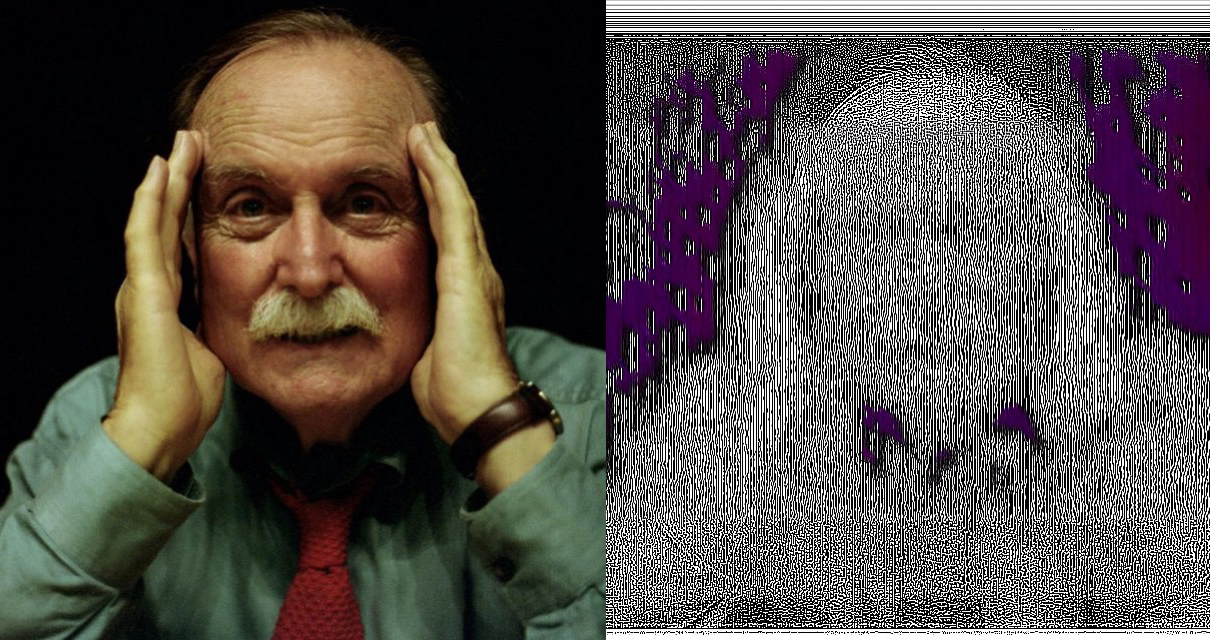Preserving Your Photos in the Digital Age
Preserving Your Photos in the Digital Age
The Telegraph reports that internet pioneer and Google vice president Vint Cerf has said everyone needs to start thinking in earnest about how to preserve digital data, especially as technologies advance and ability to read old file-types becomes harder and harder (for instance: how many computers nowadays can handle floppy disks?).
Cerf's solution for your digital photographs? Simple - print them out:
We have various formats for digital photographs and movies and those formats need software to correctly render those objects.
Sometimes the standards we use to produce those objects fade away and are replaced by other alternatives and then software that is supposed to render images can't render older formats, so the images are no longer visible.
This is starting to happen to people who are saving a lot of their digital photographs because they are just files of bits. The file system doesn't know how to interpret them, you need software to do that. Now you've lost the photograph in effect.
If there are pictures that you really really care about then creating a physical instance is probably a good idea. Print them out, literally.
This comes off the heels of an experiment in which artist Pete Ashton reposted an image 90 times on instagram and watched the snowballing "digital decay," highlighting the ways in which a digital image can be warped in the process of "preservation."
The solution of printing out photos to preserve them is complicated by a reality well-illustrated by a museum installation created by artist Erik Kessels in which he downloaded and printed out every photo uploaded to flickr in a 24-hour period: once we print out everything we want to preserve, where and how do we organize and store it?
It is probably unsurprising that Vint Cerf is not the first person to champion the need to preserve our digital information. The New Yorker has a fascinating profile on Brewster Kahle and his project The Internet Archive, which, almost since the advent of the 'net, has strived to preserve the always-permutating nature of the world wide web. In addition, Stewart Brand (the real most interesting man in the world - seriously, read his bio) and his organization The Long Now has been working to get people to think past the limits of our own lifetimes and live accordingly responsibly. His essay Escaping the Digital Dark Aage begins to address how to remedy short term thinking that has led to this crisis of digital dark age, decay, and impending loss of valuable information.
In short, be aware of where and how you store your digital photographs, and that there is no real substitute to good 'ol acid free paper.


